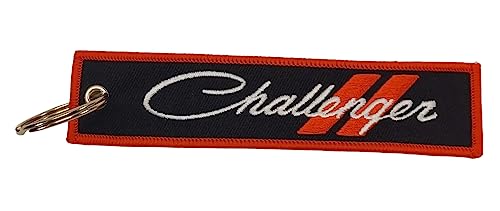ACCESSING DIAGNOSTIC TROUBLE CODES
A stored diagnostic trouble code (DTC) can be displayed by cycling the ignition key ON-OFF-ONOFF-ON within three seconds and observing the malfunction indicator lamp. This lamp was formerly referred to as the check engine lamp. The lamp is located on the instrument panel (Fig. 46).
Fig. 46 Check Engine Lamp—Typical Location
They can also be displayed through the use of the Diagnostic Readout Box (DRB scan tool). The DRB scan tool connects to the data link connector in the engine compartment (Fig. 47). For operation of the DRB, refer to the appropriate Powertrain Diagnostic Procedures service manual.
EXAMPLES
• If the lamp (Fig. 46) flashes 4 times, pauses and flashes 1 more time, a diagnostic trouble code (DTC) number 41 is indicated.
• If the lamp flashes 4 times, pauses and flashes 6 more times, a diagnostic trouble code (DTC) number 46 is indicated.
• If the lamp flashes 1 time, pauses and flashes 2 more times, a diagnostic trouble code (DTC) number 12 is indicated. I f the sequence of codes begins with a
DTC number 12, this indicates direct battery input to the PCM was disconnected within the last 50 key-on cycles. Old codes may have been erased.
Fig. 47 Data Link Connector Location—Typical
After any stored DTC information has been observed, the display will end with a flashing DTC number 55. This will indicate the end of all stored information.
Refer to the Diagnostic Trouble Code (DTC) charts for DTC identification.
I f the problem is repaired or ceases to exist, the powertrain control module (PCM) cancels the DTC after 51 engine starts.
Diagnostic trouble codes indicate the results of a failure, but never identify the failed component directly.
The circuits of the data link connector are shown in (Fig. 48).
Fig. 48 Data Link Connector Schematic

































![BRILLIANT TOOLS BT641240 Doppelkupplungs-Werkzeug für Volvo, Ford, Chrysler und Dodge [Powered by KS TOOLS]](https://m.media-amazon.com/images/I/3196Pg-lV1L._SL500_.jpg)















